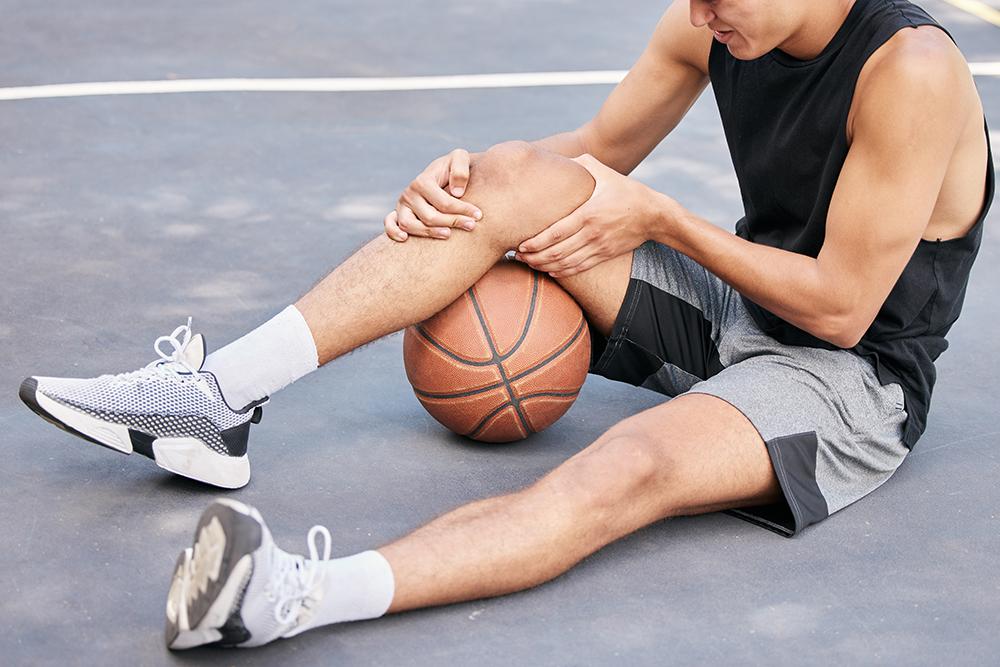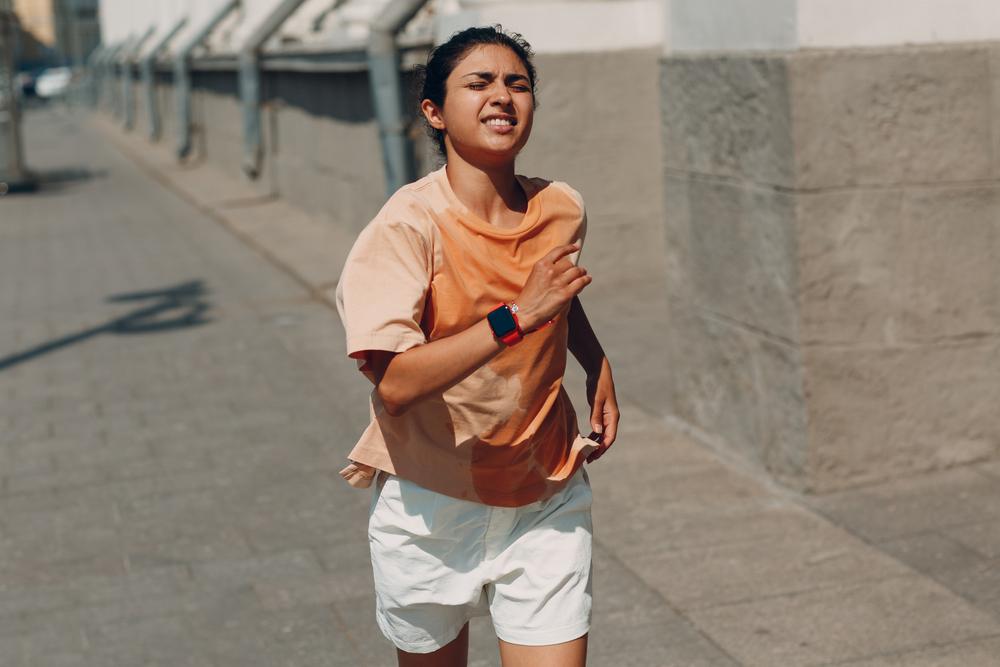 Are you finding that some of the athletes you coach are suffering from stress fractures? Perhaps you’re hearing about athletes from other sports at your school also suffering from stress fractures. If so, you’re not alone.
Are you finding that some of the athletes you coach are suffering from stress fractures? Perhaps you’re hearing about athletes from other sports at your school also suffering from stress fractures. If so, you’re not alone.
Unfortunately, stress fractures are very common in young athletes particularly in runners, dancers and female endurance athletes. Studies have shown that up to 5% of middle school and high school runners experience stress fractures each year. However, while some injuries simply cannot be prevented, the risk of stress fractures can be reduced for your athletes, and early detection and treatment can lessen the impact of the injury and have your athlete back on the field sooner.
Here, Dr. Michele LaBotz, TrueSport Expert and sports medicine physician, explains three reasons that stress fractures are so common, and what you can do to help your athletes.
1. Sudden Increase in Activity
“During the height of the pandemic, athletes were out of sport entirely,” says LaBotz. “Many of them stopped playing sports and stopped exercising altogether. Then, as things began to restart and reopen, students were so excited to go back and start playing their sport again that they did everything quickly. They started training and competing again and didn’t gradually increase their volume and intensity. Too much, too soon can lead to stress fractures.”
2. Lack of Variety
As more athletes specialize in sports from a young age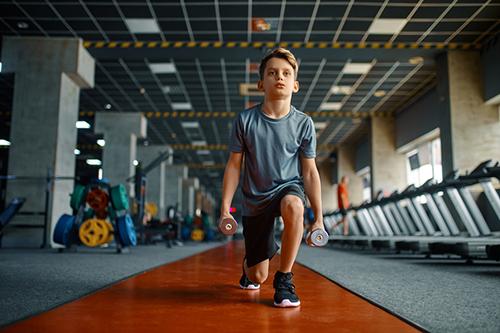 , the risk of injuries like stress fractures has increased. This is partially because athletes are often doubling or tripling up on practice and competitions as they play for school and club teams and getting extra professional coaching on the side. Not only does this lead to an increase in volume but also to a lack of variety of movement, especially in sports like running or sports that favor one side of the body or one major muscle group. “The lack of variety for young athletes is a big problem,” says LaBotz. “As a coach, you can make sure that even if your sport doesn’t offer much variety, you’re filling in those gaps with drills and strength training that involves moving the body in a variety of different directions, rather than those that emphasize more repetitive movements.”
, the risk of injuries like stress fractures has increased. This is partially because athletes are often doubling or tripling up on practice and competitions as they play for school and club teams and getting extra professional coaching on the side. Not only does this lead to an increase in volume but also to a lack of variety of movement, especially in sports like running or sports that favor one side of the body or one major muscle group. “The lack of variety for young athletes is a big problem,” says LaBotz. “As a coach, you can make sure that even if your sport doesn’t offer much variety, you’re filling in those gaps with drills and strength training that involves moving the body in a variety of different directions, rather than those that emphasize more repetitive movements.”
3. Athletes Focusing on Weight Management and Restriction
“We see in both young men and women that there are many young athletes suffering from relative energy deficiency in sport (REDs),” says LaBotz. “These athletes are often harboring the assumption that there’s a ‘best weight’ or ‘best body type’ for their specific sport, and trying to force themselves into that particular mold.” But having symptoms of REDs and not taking in enough nutrients to support the body’s work output can greatly increase the risk of stress fractures.
How To Reduce Risk For Athletes
Break Workout Patterns
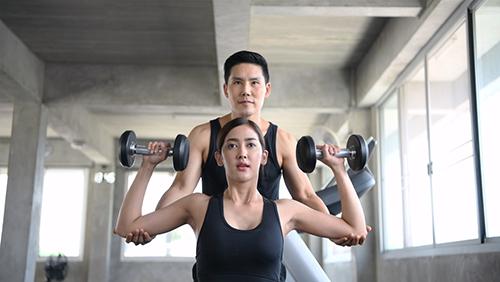 For sports like gymnastics, a variety of movement is built into every practice. But sports like running can often get very repetitive. However, they don’t have to be. Workouts should vary in both type and intensity. LaBotz states, “Hard workouts should be hard; easy workouts should be easy; and rest days are for recovery. Athletes are often tempted to add in “extra” training on easy or recovery days, but this really increases the risk for all kinds of injuries.”
For sports like gymnastics, a variety of movement is built into every practice. But sports like running can often get very repetitive. However, they don’t have to be. Workouts should vary in both type and intensity. LaBotz states, “Hard workouts should be hard; easy workouts should be easy; and rest days are for recovery. Athletes are often tempted to add in “extra” training on easy or recovery days, but this really increases the risk for all kinds of injuries.”
“Especially for endurance athletes, make sure that every workout is not just going out for a long, slow distance run, but rather, including some plyometrics movements, adding in some strength training, and making sure athletes are moving laterally rather than just moving forward—anything that breaks up movement patterns,” says LaBotz. “You may need to consult with an expert for the best strength training or plyometric maneuvers, but the addition of this kind of variety shouldn’t be overlooked.”
Increase Volume Slowly
A general rule to remember is that any increases in training volume or intensity should be a maximum of 10 percent per week, says LaBotz. Rapid increases in training are a primary cause for stress fractures. Make sure that you’re leaving plenty of time for athletes to recover, and only adding the volume that’s safe and necessary.
Check Nutrition
 LaBotz recommends ensuring athletes are getting adequate levels of both calcium and vitamin D when it comes to avoiding stress fractures. We know that prolonged low levels of vitamin D can increase an athlete’s risk of stress fractures, so it is important to ensure that your athlete’s levels are optimized. (As a coach, you can’t test their vitamin D levels yourself, but you can recommend they get their levels checked at their doctor’s.)
LaBotz recommends ensuring athletes are getting adequate levels of both calcium and vitamin D when it comes to avoiding stress fractures. We know that prolonged low levels of vitamin D can increase an athlete’s risk of stress fractures, so it is important to ensure that your athlete’s levels are optimized. (As a coach, you can’t test their vitamin D levels yourself, but you can recommend they get their levels checked at their doctor’s.)
Read more about calcium and vitamin D-containing foods here.
De-Emphasize Weight and Body Type
Make sure your athletes understand that lighter isn’t better. “There’s a range of best weights for every athlete, for every sport,” says LaBotz. “Lighter is not always better, and weight loss often involves significant loss of muscle as well, which detracts from athletic performance. Lighter can be a lot worse if it’s too light.”
If you’re coaching a sport that emphasizes lightness or has an ‘ideal body type,’ it’s a great idea to bring a registered dietitian to a practice to speak with the team about optimal fueling habits. At minimum, make sure athletes know how to contact a registered dietitian if they’re concerned about fueling or body composition.
Spot Symptoms Early
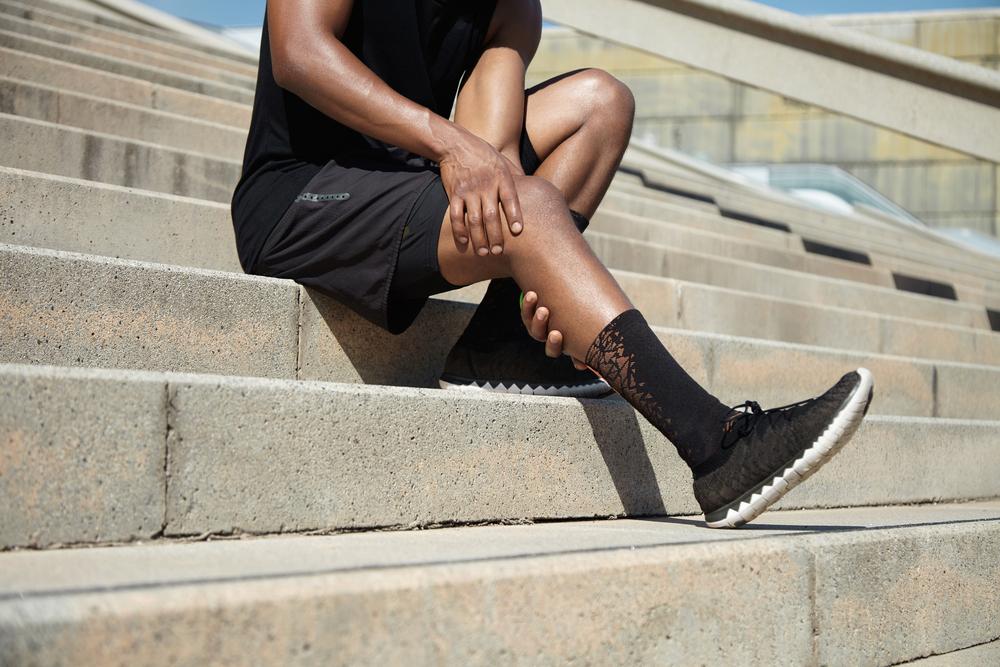 When is the athlete experiencing the most pain? Stress fractures will often begin with gradual onset of pain toward the end of a run or other activity, but when they stop, the pain will dissipate. As stress fractures progress, pain then becomes persistent after activity as well. This makes stress fractures different from many other common athletic injuries, like shin splints where the pain is often more noticeable after the activity, but while moving, it’s not too bad.
When is the athlete experiencing the most pain? Stress fractures will often begin with gradual onset of pain toward the end of a run or other activity, but when they stop, the pain will dissipate. As stress fractures progress, pain then becomes persistent after activity as well. This makes stress fractures different from many other common athletic injuries, like shin splints where the pain is often more noticeable after the activity, but while moving, it’s not too bad.- Where is the pain? “With stress fractures, often when you ask an athlete where it’s sore, they’ll be able to take one finger and point to the exact spot that hurts during impact activity,” says LaBotz. (With an injury like shin splints, the painful area tends to be more broad and often involves both legs.)
- How is the pain changing over time? “At first, a stress fracture is only painful during activity, but gradually, if left untreated, it will get worse,” says LaBotz. “Eventually, it will be painful most of the time, often waking an athlete up at night.”
Understand the Role of Recovery
Lastly, make sure athletes are taking time for recovery—especially athletes who are playing multiple sports or competing for multiple teams. “Coaches and athletes need to understand that there is a little bit of “micro-damage” that happens to bone during training,” says LaBotz. “At the end of a given training session, the bone is actually weaker than it was before. But, the bone gets stronger during the recovery period following the training. Oftentimes, athletes and coaches don’t recognize that training induces damage, while strength building actually happens in the period of time between the training sessions. Athletes must take recovery seriously if they want to see improvements in performance as well as in health outcomes.”
___________________________
Takeaway
Pay attention to how quickly your athletes are increasing their training load, especially after any elongated breaks from sport. Ensure that athletes are getting a wide variety of movements in their training, ideally incorporating some amount of strength training regardless of the sport they play. And finally, take pain seriously: If you suspect an athlete has a stress fracture, have them get checked by a professional, as early detection can speed up the recovery process.
